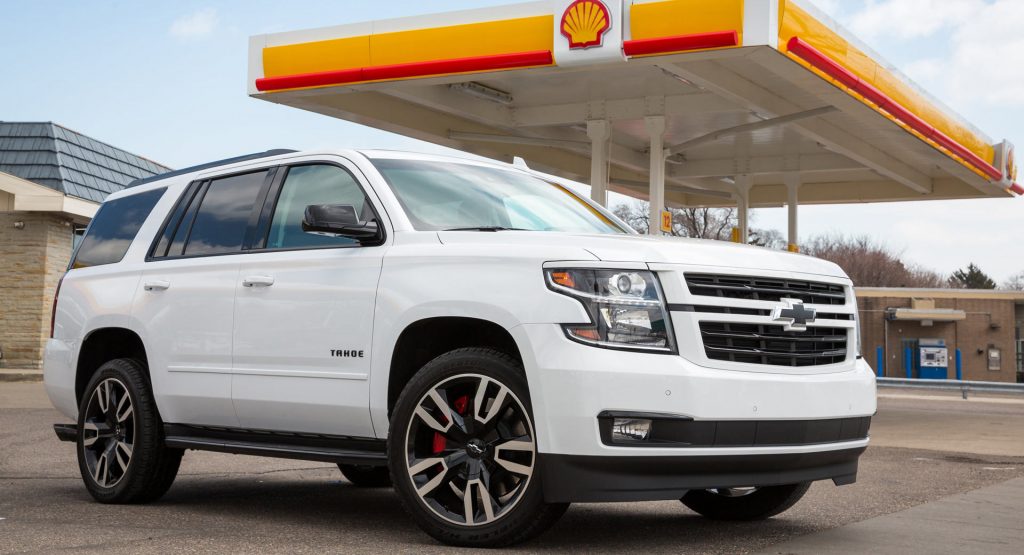We’re heading into the summer driving season and the national average price for a gallon of gasoline is $4.159. That’s down from an all-time high of $4.331 on March 11th, but it’s still substantially more than last year’s price of $2.889 per gallon.
To combat high prices, the U.S. Environmental Protection Agency is issuing an emergency fuel waiver to allow E15 gasoline, which is a 15 percent ethanol blend, to be sold past the traditional cutoff date of May 1st for terminals and June 1st for retail stations.
The waiver will go into effect on May 1st and “last for the statutory maximum of 20 days.” However, the government expects to issue new waivers continuously, “effectively extending the emergency fuel waiver until such time as the extreme and unusual fuel supply circumstances due to the war in Ukraine are no longer present.”
Also Read: With Gas Prices At An All-Time High, What Are The Best Fuel Efficient Vehicles?
The government contends the waiver will “increase fuel supply and provide consumers more choices at the pump” without significant impacts on emissions or air quality. The EPA also said the action is being taken to “counteract Russia’s unjustified, unprovoked, and unconscionable war against Ukraine and the profound impact on global and domestic energy markets.”
EPA Administrator Michael S. Regan remarked, “Putin’s war has had a profound impact on global and domestic energy markets. In consultation with [Energy] Secretary Granholm, I have concluded that it is necessary to take action to allow E15 sales during the summer driving season in order to minimize and prevent disruption of summertime fuel supply to consumers.”
The move was welcomed by the Biden Administration as White House Press Secretary Jen Psaki said, “At current prices, E15 can save a family 10 cents per gallon of gas on average and many stores sell E15 at an even greater discount and today’s waiver will allow families to pay that lower price for months to come.” She added, “This is just one step the President is taking to address the fuel supply and give Americans relief from the Putin Price Hike.”
Of course, there are downsides to E15 and the EPA notes ethanol contains about one-third less energy than gasoline. As a result, vehicles running on E15 will get 4-5% fewer mpg than models running on pure gasoline. The EPA also notes E15 should only be used in 2001 and newer passenger vehicles, and consumers should check their owner’s manual to see if there’s a maximum ethanol content recommended by the automaker.






